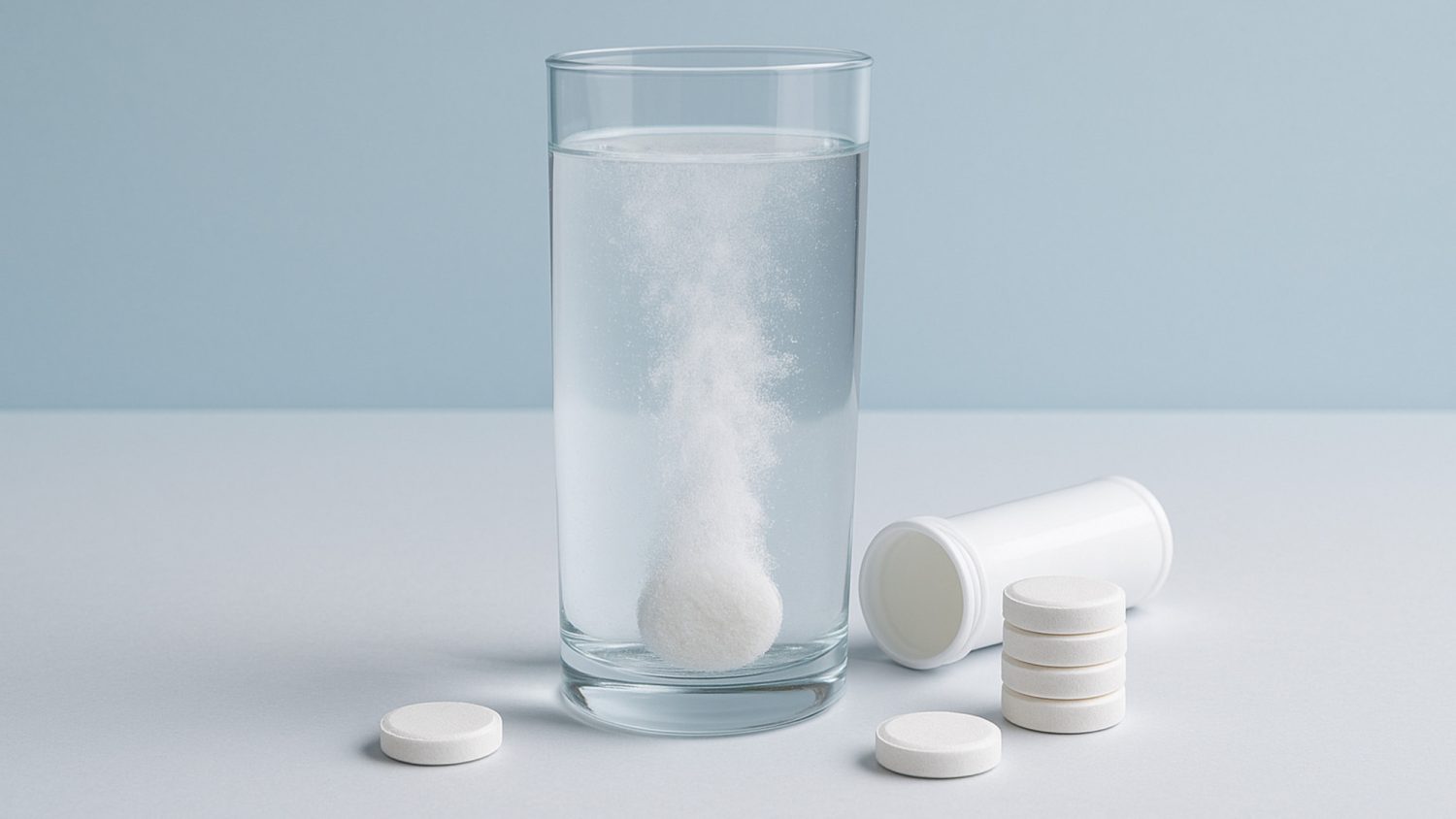
Packing a tube of vitamin C effervescent tablets has become a travel trend. Travelers love these pills because they’re portable and easy to use. Just drop one pill into a bottle of water. With a quick fizz, a single tablet can help support your immune system and keep you hydrated during long flights or overseas trips.
But effervescent tablets aren’t just a travel hack. They’re becoming a preferred dosage form in both pharmaceutical and nutraceutical products. At the same time, manufacturers are investing more in effervescent lines as demand grows worldwide.
So what exactly are effervescent tablets? How do they work, what are they used for, and why are they so popular? And most importantly, how are they different from regular tablets? Let’s break it down.
What Are Effervescent Tablets?
Effervescent tablets are a type of solid dosage form. They’re generally larger than regular tablets. The term “effervescent” comes from the Latin effervēscere, which means “to boil up.” It vividly depicts how the tablet reacts when dropped into water.
These soluble pills are uncoated. This enables them to dissolve quickly and release carbon dioxide as soon as they come into contact with water. Once dissolved, they produce a flavored, fizzy solution.
Most effervescent tablets are formulated to deliver vitamins, minerals, and medications. But there are also some that serve non-medical purposes, like water purification or cleaning.
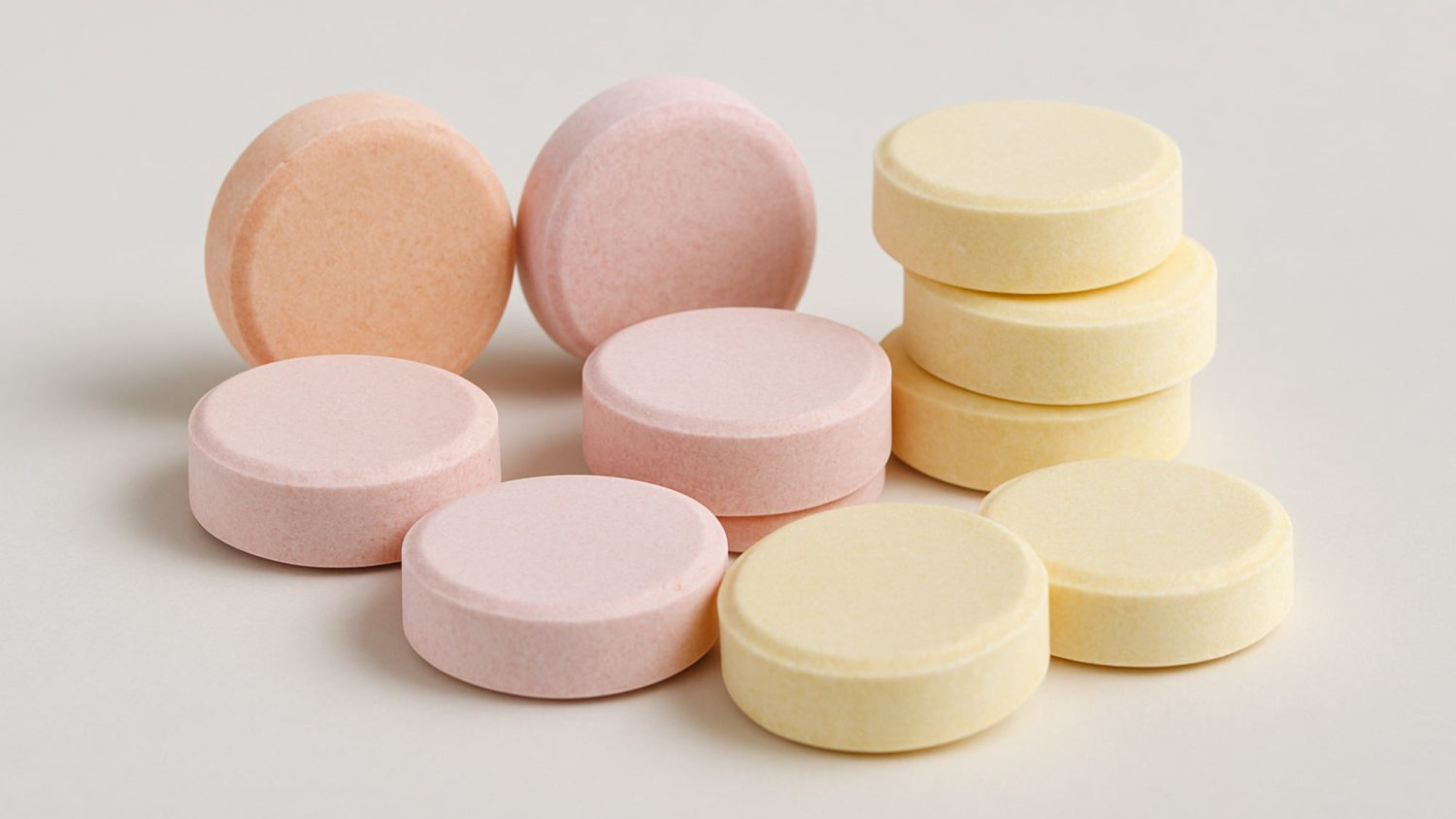
So, what’s inside the formulation of an effervescent tablet? It typically includes:
- Active ingredients: vitamins, minerals, pain relievers, or other drugs
- Effervescent agents: usually citric or tartaric acid and basic salts like sodium bicarbonate
- Binders: Sugar alcohols like sorbitols
- Sweeteners: Fructose and stevia
How Do Effervescent Tablets Work?
The science behind these tablets is simple. Let’s take a closer look at how they react.
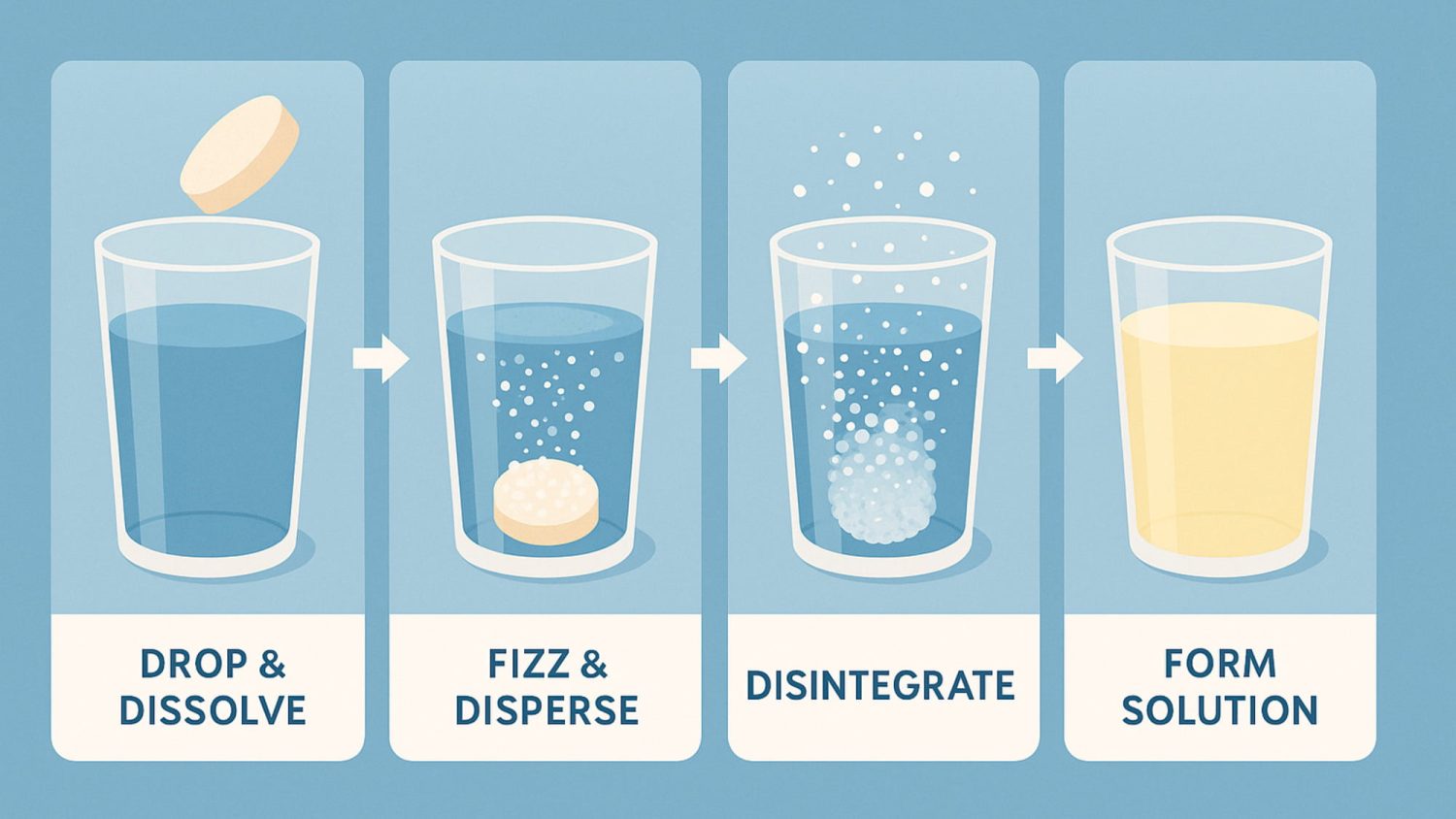
1. Drop and dissolve. Pop an effervescent tablet into water. The acid and bicarbonate inside react with each other. The tablet begins to break down.
2. Fizz and disperse. This reaction produces carbon dioxide gas that agitates the water. It causes bubbles and fizzing. The active ingredients in the tablet disperse evenly with no need to stir.
3. Disintegrate. The gas bubbles further break apart the tablet structure and speed up the release of all active ingredients into the water.
4. Form solution. Once the fizzing stops, the active ingredients completely dissolve, and you’ll end up with a clear or slightly tinted uniform solution that’s ready to drink.
What Are Effervescent Tablets Used For?
Effervescent tablets offer a unique way to deliver and absorb active ingredients. This makes them widely used in everyday health, medicine, and other sectors. The main effervescent tablet uses include:
Dietary Supplementation
As we mentioned at the beginning, effervescent tablets have become a go-to vitamin C supplement for people on the go. Beyond vitamins, you can find that many minerals and nutrients like calcium, magnesium, and coenzyme Q10 are also sold in effervescent form. More and more people become health-conscious, but some of them may dislike swallowing pills. Effervescent tablets are a great alternative that is easier to consume.
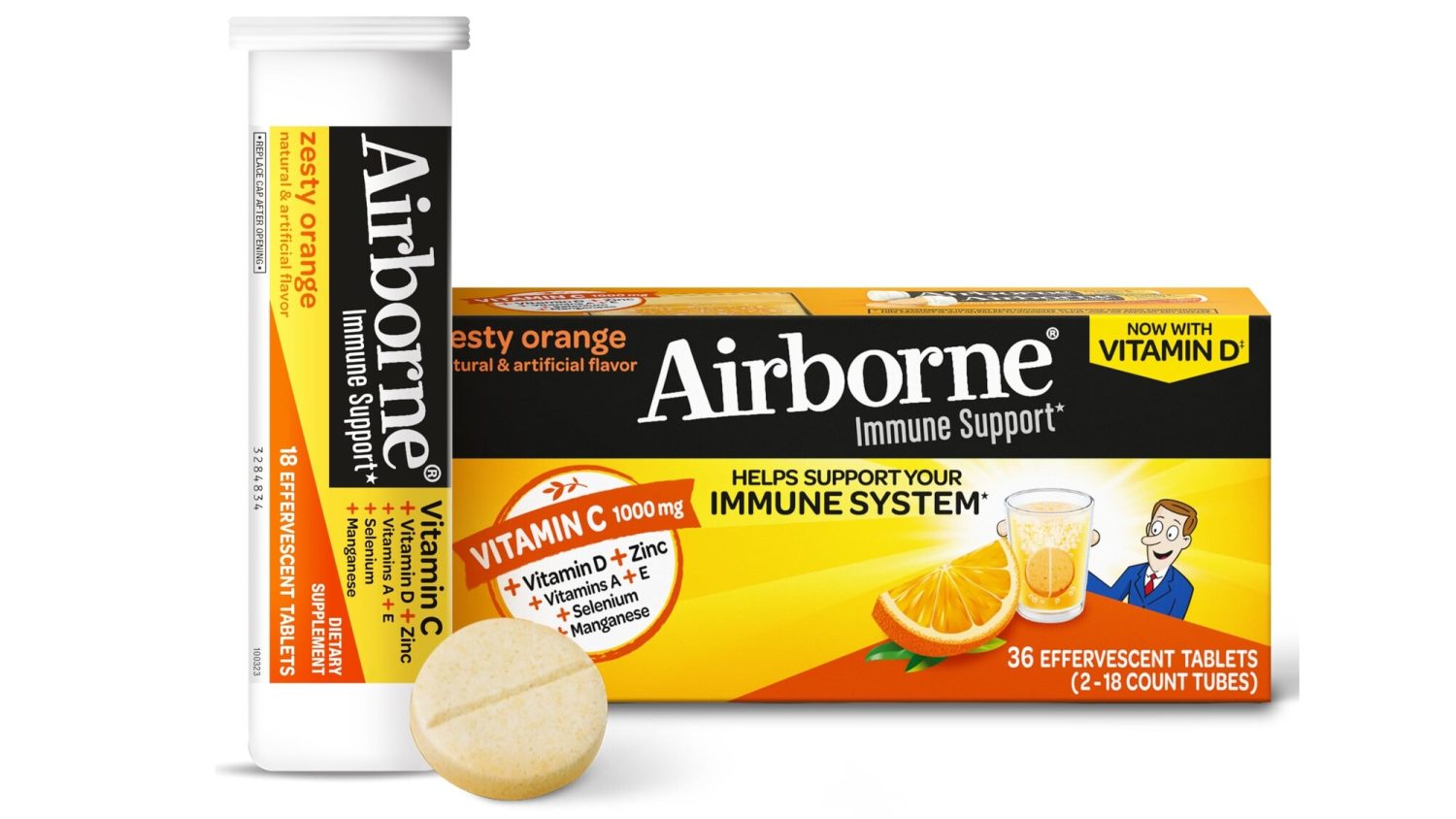
Pharmaceutical Medications
Today’s medicines can no longer be bitter to taste. Many are also offered in effervescent format. Effervescent medications are typically used as drugs that need a quick onset of action. That’s why they’re often seen in pain relievers, fever reducers, cold and flu remedies, antibiotics, and antifungals. The effervescent formulations can improve bioavailability and are gentler on the stomach.
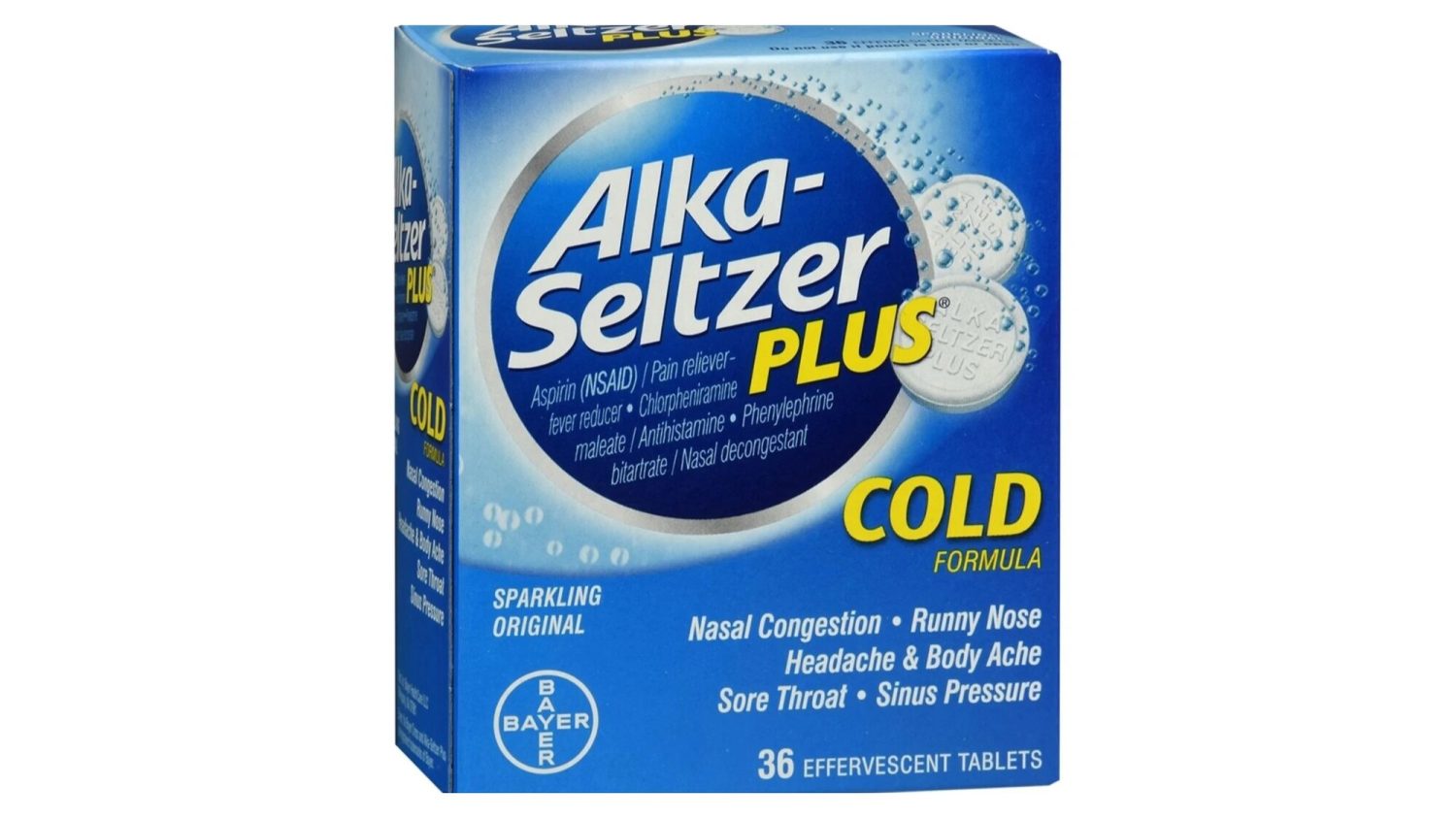
Hydration and Electrolyte Balance
Besides supplements and medication, effervescent tablets help ensure proper liquid intake. These groups of people benefit the most from the effervescent form:
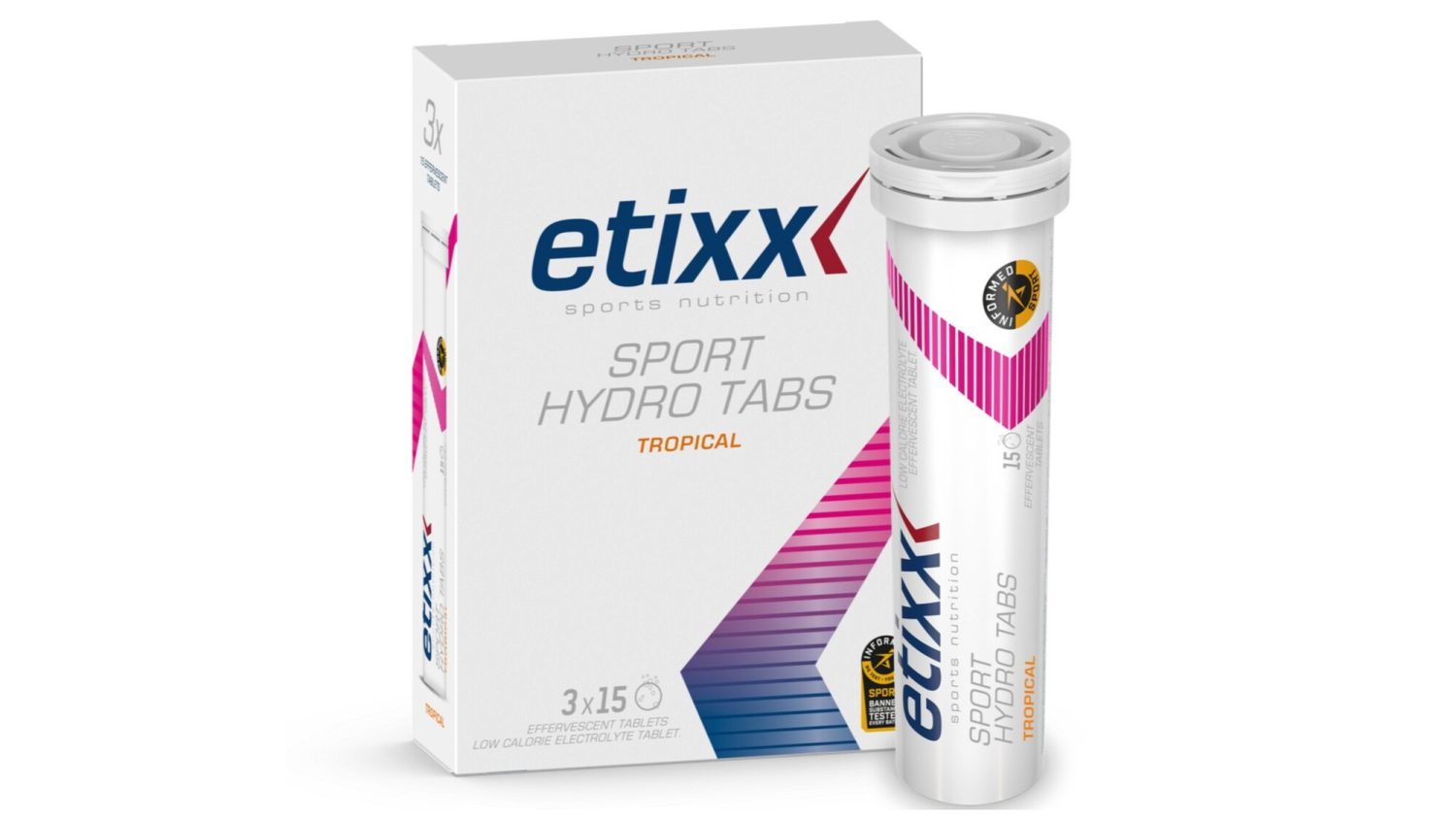
- Athletes and sports lovers: During high-intensity workouts, you lose electrolytes like sodium, potassium, and magnesium through sweat. If they’re not replaced, you may feel weak or cramp up. Effervescent electrolyte tablets help restore those minerals and keep you hydrated.
- People dehydrated due to illness: Fever, diarrhea, and vomiting can cause serious fluid loss. In these cases, plain water isn’t always enough. Effervescent hydration tablets provide both fluids and electrolytes to help the body recover faster.
- Individuals in hot climates: Hot weather increases sweating even without exercise. If you’re living or working in the heat, effervescent tablets help keep your energy levels steady.
Cleaning and Disinfection
Besides ingestion, effervescent tablets are also formulated for cleaning. They’re used to disinfect laundry, dental appliances, baby bottles, and contact lenses. There are also water purification tablets. The fizzing action helps remove debris and kills bacteria.
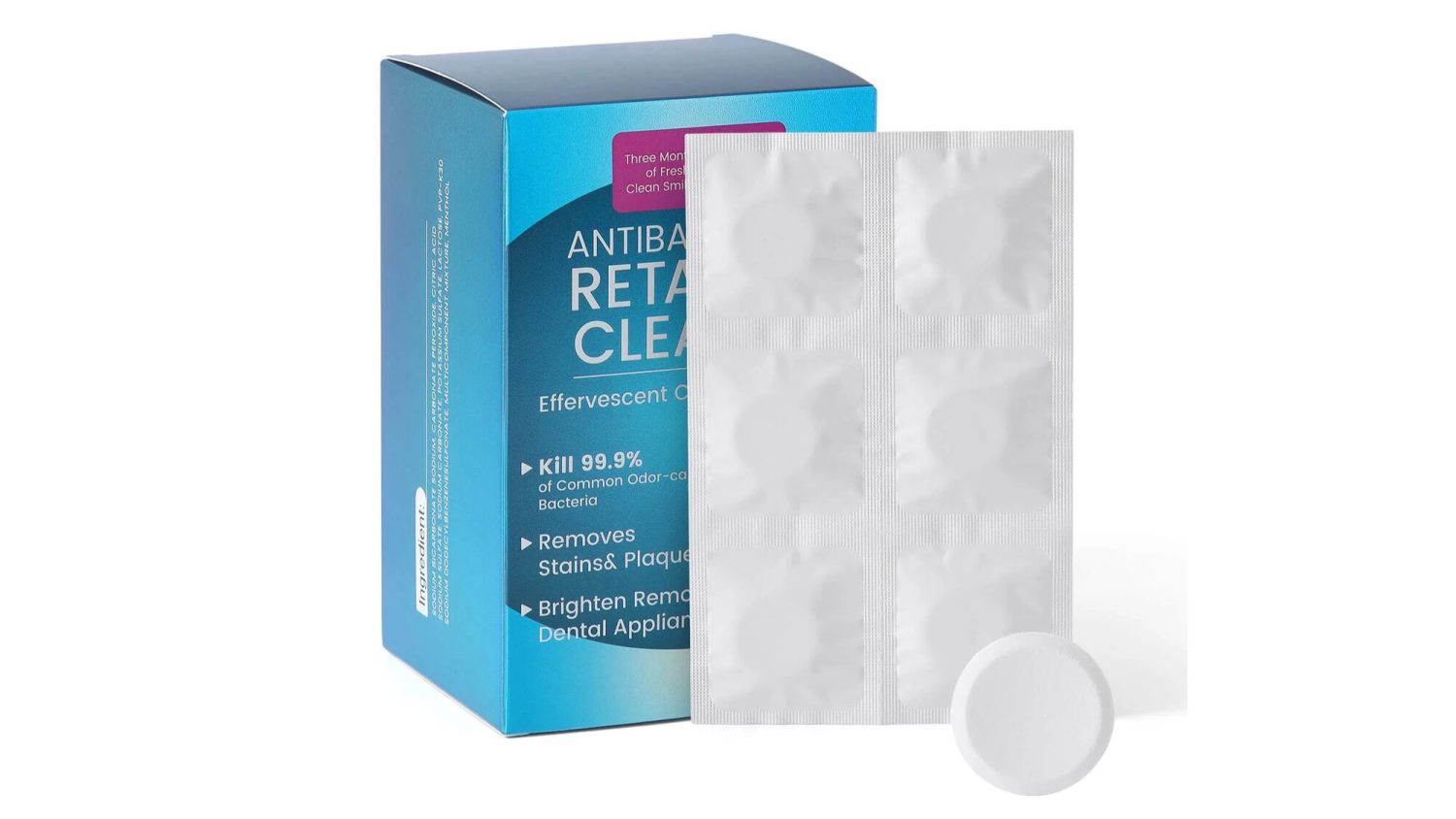
Benefits of Effervescent Tablets
So why would someone choose effervescent tablets over regular ones? Here are the biggest benefits:
- Easy to administer. Effervescent tablets are particularly beneficial for children, older adults, and anyone who struggles with swallowing pills. Instead of forcing down a large tablet, you can simply dissolve it in water to make a palatable drink. This way, you don’t have to worry about getting choked every time you take them.
- Improved taste. Many actives in tablets naturally come with an unpleasant taste or smell. If an effervescent tablet is meant to be consumed in liquid form, I bet no one would want it to taste odd. So, flavourings and sweeteners (both natural and artificial) are added to mask the bitterness. This makes medicine time more enjoyable, especially for children.
- Fast absorption. Effervescent tablets contain a base and an acid, both of which react in water and produce CO₂ gas. This reaction makes the tablets dissolve fully and quickly. Their active ingredients enter the body faster and are more bioavailable than those in normal tablets. Faster absorption means quicker onset of action and more efficient nutrient use.
- Gentle on the stomach. Standard tablets take time to dissolve in the digestive tract. During the process, concentrated spots of active ingredients can form and irritate the stomach lining. Effervescent formulations help prevent this. Because the tablet dissolves completely, the active ingredients are dispersed evenly in the solution. That means no undissolved chunks to trigger irritation. Buffered effervescent aspirin, for example, causes less gastric irritation than regular tablets.
- Encourage hydration. When taking a regular pill, you may only have a sip of water. But in the case of effervescent tablets, you must drink a full glass of water. This encourages more fluid intake to keep you hydrated. Sickness or workouts, in particular, dehydrate you. The extra water helps flush the system and replace the fluids you lose.
- Portable and easy to mix. Effervescent tablets are compact and travel‑friendly. You can toss a tube of tablets into your bag. Drop one in your water bottle when you need it. You don’t need to measure, stir, or shake. The tablet dissolves on its own. That’s why effervescent tablets are perfect for busy lifestyles, travel, or on‑the‑go use.
- Better patient compliance. Effervescent tablets are easier to take because they taste pleasant and come in a drinkable form. This encourages people to keep up with their treatment or supplement routine. When taking medicine feels more like drinking a flavored beverage than swallowing a pill, adherence naturally improves.
Disadvantages of Effervescent Tablets
Of course, effervescent tablets aren’t perfect. The potential downsides include:
- High sodium and sugar content. Many effervescent products use sodium bicarbonate to create the fizz and also contain added sweeteners to improve taste. If you have high blood pressure, kidney problems, diabetes, dental issues, or are on a low-sodium or low-sugar diet, you’d better not take these tablets often. The extra sodium and sugar intake can make your health condition worse.
- Risk of overuse. Because effervescent tablets finally turn into a tasty drink, some people may treat them like a beverage and take more than they should. Overuse of effervescent products can lead to overdoses of active ingredients like vitamin C and paracetamol. This may cause side effects like stomach upset, nausea, diarrhea, kidney stones, or even liver damage.
- Higher costs. The flavorings and sweeteners used in effervescent formulations often cost more. The tablet manufacturing must take place under controlled temperature and humidity. Because these tablets are highly sensitive to moisture, the equipment, process, and packaging require stricter control. All of this makes effervescent tablets more expensive than regular tablets.
Precautions When Taking Effervescent Tablets
- Always dissolve the tablet in the recommended amount of water, often 150-250 ml. Do not chew or swallow it dry. Otherwise, the tablet can get stuck in your throat, and the gas produced may cause choking.
- Drink immediately after dissolution. Effervescent solutions are best consumed right away. The fizz reduces if they are left to sit longer, and some active ingredients may degrade.
- Don’t break or crush the tablet. Splitting the tablet can lead to poor dissolution or a less pleasant taste. The worst is affecting its effectiveness.
- Be careful with extra sodium intake. Effervescent formulations often contain a high amount of sodium bicarbonate. If you have high blood pressure, heart failure, or kidney problems, you should be cautious.
- Avoid interactions. Check if your medications contain the same active ingredients as the effervescent tablet. To prevent overdose or side effects, ask your doctor to see if it’s safe to take them together.
- Heads-up for certain groups. Do not give effervescent to children younger than two. If the user is a child, pregnant, or breastfeeding, always consult a pharmacist first.
- Store correctly. Reseal their original airtight tubes after each use. Avoid heat, humidity, and direct sunlight. Place them out of reach of children.
Effervescent Tablets vs. Regular Tablets
Many common supplements and some medicines are available in both effervescent and regular tablet form. So, what exactly is the difference between an effervescent and a traditional tablet? Let’s check out!
| Effervescent Tablets | Regular Tablets | |
| Mode of Intake | Dissolved in water and taken as a drink | Chewed or swallowed with or without water |
| Absorption Speed | Faster because the ingredients are already in solution | Slower because the tablet has to break down in the stomach first |
| User Experience | Ideal for people who dislike or struggle to swallow pills | May be difficult for children, older adults, or patients |
| Taste | Usually flavored to be pleasant and mask bitterness | Often plain or slightly bitter |
| Stomach Comfort | Gentler on the stomach and less irritating to the GI tract | Some formulations can irritate the stomach lining |
| Dosage Accuracy | Deliver a uniform dose when fully dissolved | Accurate per tablet but depends on how it dissolves in the body |
| Hydration | Replace fluids and electrolytes | No rehydration effect |
| Convenience | Come with a tube packaging for on-the-go use | Easy to carry anywhere |
| Storage | Highly sensitive to moisture and need sealed packaging and careful storage | More stable and less prone to degradation |
| Production Cost | More expensive to manufacture due to specialized ingredients, equipment, and controlled environments | Generally inexpensive to produce at scale |
Key Takeaways
- Effervescent tablets dissolve in water, so the body absorbs them faster.
- If you have trouble swallowing pills, they’re a good alternative to regular pills.
- Their flavored formulations are more pleasant to take.
- Effervescent is commonly used for vitamins, hydration, and pain relief.
- The drawbacks are they’re sensitive to moisture and cost more to produce.
- Specific groups should be cautious when using effervescent tablets.
- In a nutshell, their fast action and easy use are making them very popular in both healthcare and consumer markets.